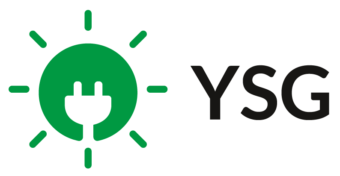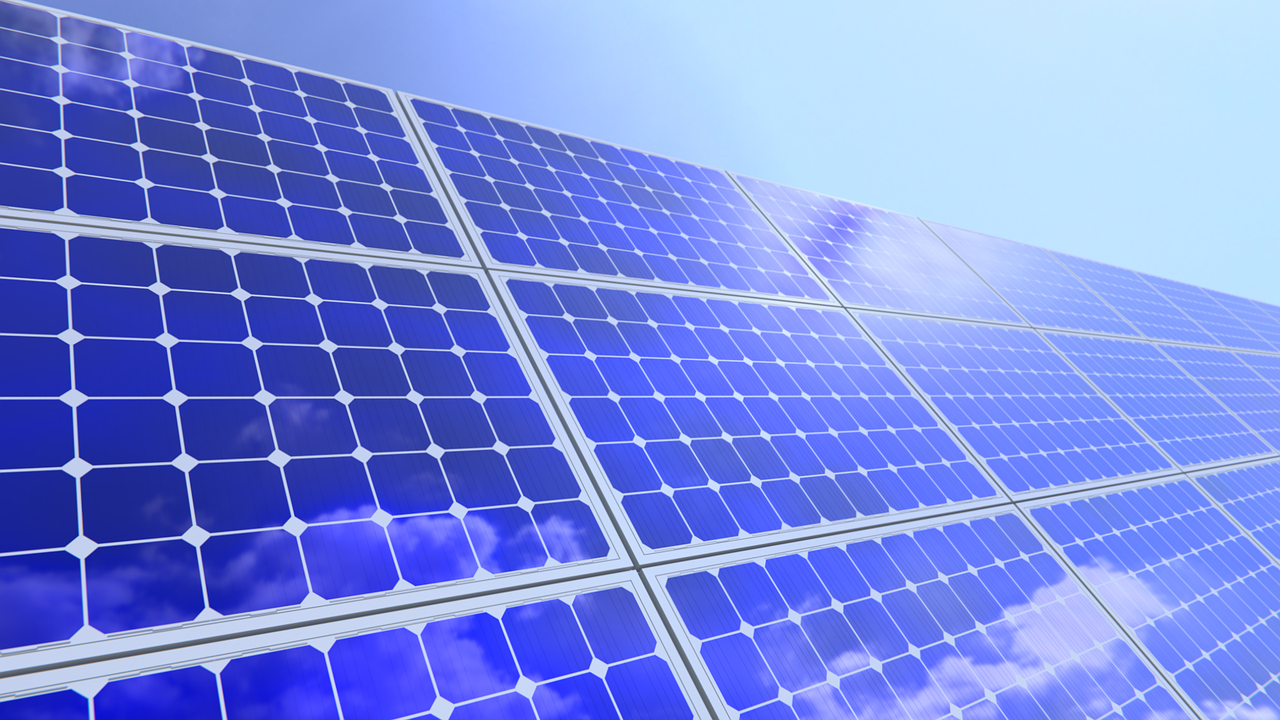Solar farms are popping up all across the United States and land to house these solar farms is in high demand. If you’re a landowner looking to generate extra income with little effort then a solar land lease could be the right move. For any landowner considering a solar land lease, the first question will likely be something along the lines of, “Well, just how much money can a solar farm make?” Today, we’re going to look at the key factors determining solar land lease rates for landowners and solar developers.
What is a Solar Farm?
A solar farm is a large-scale solar panel array which generates energy and sends that energy to the power grid. This energy is then distributed and utilized by properties connected to the power grid. Solar farms can be used for residential community solar projects, or for utility-scale purposes. For landowners, the important point is that solar farm developers need somewhere to build and operate these large-scale solar projects—and this is where the landowner comes in.
What are the Rates for a Solar Land Lease?
The rates for a solar land lease are highly variable, depending on a number of wide-ranging factors. Below, we’ll take a look at some of the key factors that determine solar land lease rates. However, the best way to find out how much you could make from a solar land lease is to speak directly with an experienced solar developer like YSG.
- Amount of Land: In general, developers will require at least ten acres of land for a solar land lease. However, some may even go as low as five acres, depending on the project in question. Broadly speaking, more land means greater potential for profit and, likely, a better lease rate for the landowner.
- Sun Exposure: Annual sun exposure is a vital factor in determining a land’s value to a solar developer. Obstructions cast shadows, so if your land is clear and receives plenty of sunlight, then you’re in good shape. Smaller obstructions can be removed, but this will add to the overall project cost, while larger obstructions may prove too difficult to remove.
- Soil Quality: Flat, clear, stable land is a must for a successful solar farm. If the land is unstable, or riddled with debris, then it could be difficult to build on. This may increase the cost of the project or, in some cases, put an end to the prospective land lease before it even begins.
- Grid Access: Proximity to the grid, and three-phase power in particular, is vital. The necessary infrastructure to transfer the energy generated on the solar farm will play a big part in determining the value of the land.
- Lease Agreement: This is the final piece of the puzzle for landowners and developers. Having taken all other factors into consideration, this agreement will solidify the rate of the solar land lease for years to come.
These are some of the core factors which will determine the rate a solar developer is willing to pay to lease land. Of course, there are many other variables that could potentially come into play depending on your specific parcel of land. Speak to an established, experienced solar developer today to find out how much you could earn from a solar land lease.
If you’re interested in a solar land lease, contact YSG Solar today. YSG is keen to add to its portfolio of large-scale solar projects across the country, and your property could be the ideal fit. Send us an email, or call at 212.389.9215 to get started, or just learn a little more about solar land leasing.
By Shane Croghan
Sources:
https://www.nyserda.ny.gov/-/media/NYSun/files/Land-lease-Considerations.pdf
https://news.energysage.com/solar-farms-start-one/
https://strategicsolargroup.com/what-is-the-average-solar-farm-lease-rate/
https://www.solarmango.com/ask/2015/10/23/what-type-of-land-is-suitable-for-solar-farm/

